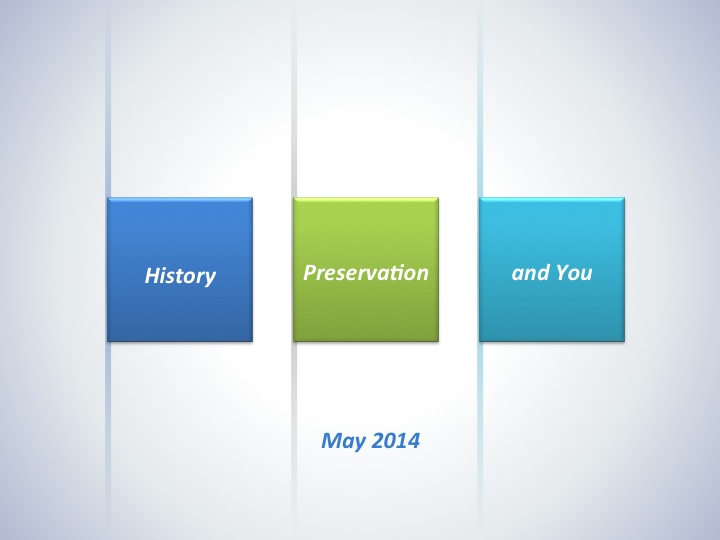Jimmie Jones hired a friend and continued to do most of the cooking until her death in 1967. Her nephew, Frank McCormick, died three months after her. Frank's wife, Elaine, took over managing the business.
Between 1980 and 1985, the business was sold, reclaimed, leased, reclaimed and then closed. In 1985, James McCormick, son of Frank and Elaine, opened the restaurant back up. Old-time Las Vegans who remembered the Shack fondly returned to help keep the business going.
But, it was not enough. Las Vegas was no longer the small town it had been and downtown Las Vegas and Fremont Street were no longer the center of town. Drivers now could take the freeway to Henderson or the Dam and didn't need to travel along Boulder Highway.
The Shack closed for good in 1999. The green barracks building that had been such a staple of Las Vegas life was boarded up and got caught in a struggle between preservationists and the economic development.
According to an article in the Las Vegas Mercury (an alt weekly, that like the Shack is no longer with us,), Hector Sedano wanted to raze the structure to build a wedding and banquet hall that would cater to the Hispanic community. But historic preservation officials felt he was jumping the gun; they wanted to see the building, which was placed on the National Register of Historic Places in 1994, at least incorporated into the new business.
Votes didn't go their way and the Shack ultimately had a date with bulldozer and was torn down.













